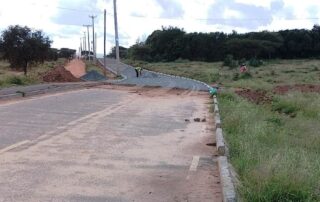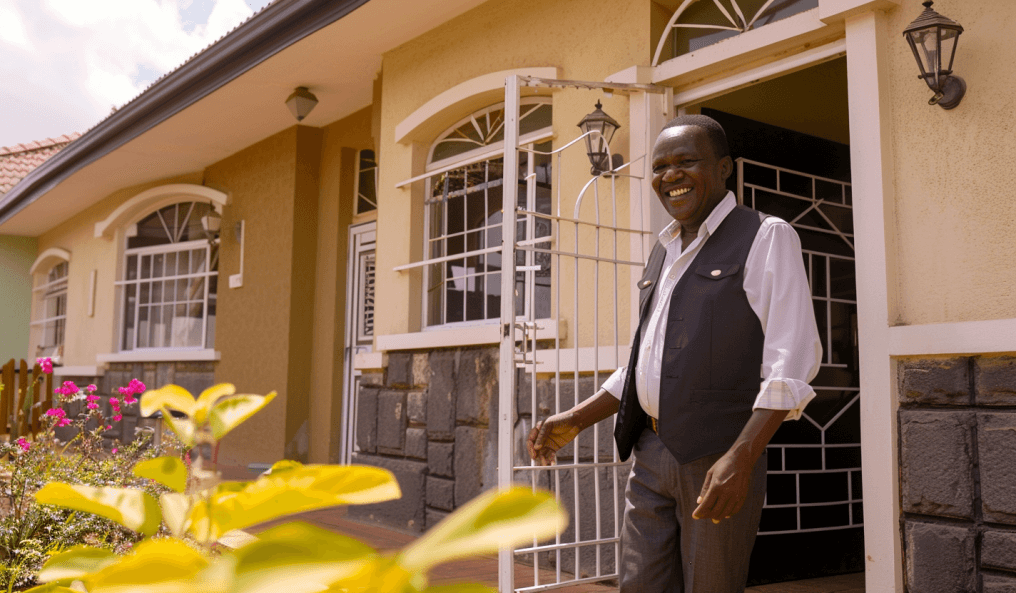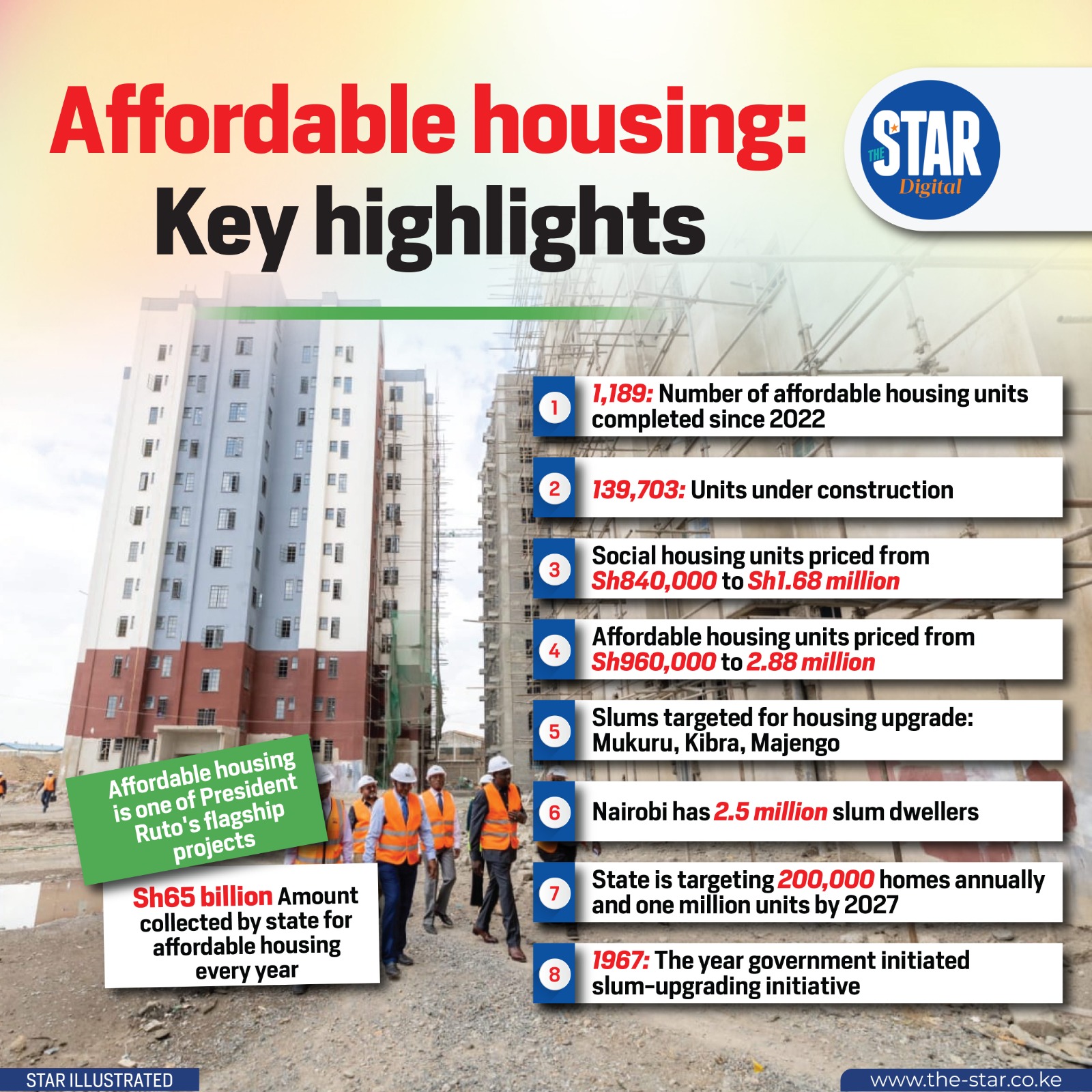Purchasing property in Kenya requires careful navigation through various legal, financial, and administrative processes. Understanding each step of the property buying process helps ensure a smooth transaction while protecting your investment and avoiding costly mistakes. This comprehensive guide walks you through every stage of buying property in Kenya, from initial search to final ownership transfer.
Overview of Kenya's Property Buying Process
The property buying process in Kenya involves multiple stakeholders including sellers, buyers, real estate agents, lawyers, banks, valuers, and government agencies. The process typically takes 30-90 days depending on financing arrangements, due diligence requirements, and legal compliance procedures.
Kenya's property law is based on English common law principles, with specific modifications to address local conditions and customs. The key legislation governing property transactions includes the Land Act, Land Registration Act, and various county-specific regulations that buyers must understand and comply with.
Step 1: Property Search and Selection
Defining Your Requirements
Begin by clearly defining your property requirements:
- Purpose: Residential, commercial, or investment property
- Location preferences: Specific neighborhoods or counties
- Property type: House, apartment, land, or commercial space
- Size requirements: Number of bedrooms, square footage, or acreage
- Budget constraints: Purchase price and financing capacity
- Timeline: When you need to complete the purchase
Property Search Methods
Effective property search strategies include:
- Online platforms: Property24.co.ke, BuyRentKenya.com, and developer websites
- Real estate agents: Licensed professionals with market knowledge
- Newspaper listings: Daily Nation, Standard, and local publications
- Direct marketing: Driving through preferred neighborhoods
- Professional networks: Referrals from lawyers, valuers, and contacts
Initial Property Evaluation
When evaluating potential properties, consider:
- Location advantages and disadvantages
- Property condition and maintenance requirements
- Market value comparison with similar properties
- Development potential and zoning restrictions
- Access to amenities and infrastructure
Step 2: Property Viewing and Initial Assessment
Physical Inspection
Conduct thorough property inspections covering:
- Structural condition: Foundation, walls, roof, and overall building integrity
- Electrical systems: Wiring, outlets, switches, and main electrical panel
- Plumbing systems: Water supply, drainage, toilets, and water heating
- Mechanical systems: HVAC, ventilation, and any installed equipment
- Security features: Locks, gates, fencing, and security systems
Documentation Review
Request and review essential documents:
- Original title deed or certified copy
- Survey plan and beacon certificate
- Rates clearance certificate from local authority
- Building plan approvals if applicable
- Environmental impact assessment if required
Neighborhood Assessment
Evaluate the surrounding area for:
- Safety and security levels
- Transport accessibility and traffic patterns
- Proximity to schools, hospitals, and shopping
- Future development plans and zoning changes
- Community amenities and lifestyle factors
Step 3: Financial Preparation and Pre-approval
Mortgage Pre-approval
If financing is required, obtain mortgage pre-approval:
- Income documentation: Pay slips, bank statements, tax returns
- Credit assessment: Credit bureau reports and scoring
- Down payment: Typically 10-30% of property value
- Pre-approval letter: Bank commitment to finance the purchase
- Interest rates: Compare offers from multiple lenders
Cash Purchase Preparation
For cash purchases, prepare:
- Bank statements showing available funds
- Source of funds documentation
- Foreign exchange approvals if applicable
- Anti-money laundering compliance documents
Step 4: Making an Offer
Market Value Assessment
Determine fair market value through:
- Comparable sales: Recent sales of similar properties
- Professional valuation: Licensed valuer assessment
- Market analysis: Current supply and demand conditions
- Agent opinions: Professional market knowledge
Offer Submission
Submit formal offer including:
- Purchase price: Offered amount and payment terms
- Conditions: Subject to financing, inspection, or legal verification
- Timeline: Completion dates and key milestones
- Deposit: Good faith deposit (typically 5-10% of offer price)
- Validity period: How long the offer remains open
Negotiation Process
Be prepared for negotiations covering:
- Purchase price and payment schedule
- Included fixtures and fittings
- Completion timeline and possession dates
- Responsibility for transaction costs
- Conditions and contingencies
Step 5: Legal Due Diligence
Engaging a Property Lawyer
Select qualified legal representation to handle:
- Title verification and legal searches
- Contract review and negotiation
- Compliance with legal requirements
- Transfer documentation preparation
- Completion and registration processes
Title Search and Verification
Comprehensive title investigation includes:
- Official search: Ministry of Lands registry verification
- Ownership confirmation: Seller's legal right to sell
- Encumbrance check: Existing mortgages, charges, or liens
- Boundary verification: Survey plan accuracy and beacon placement
- Restriction review: Any limitations on property use or transfer
Legal Compliance Verification
Ensure compliance with all legal requirements:
- Planning permission and building approvals
- Environmental compliance certificates
- Fire safety and occupancy certificates
- Local authority rates and taxes clearance
- Utility connection confirmations
Step 6: Property Valuation
Professional Valuation Process
Banks require professional valuation for mortgage approval:
- Licensed valuer: Government-registered valuation professional
- Valuation methods: Market comparison, cost, and income approaches
- Valuation report: Detailed assessment of property value
- Bank acceptance: Lender approval of valuation amount
Valuation Considerations
Factors affecting property valuation:
- Location and neighborhood characteristics
- Property size, condition, and features
- Market trends and comparable sales
- Development potential and restrictions
- Infrastructure and amenity access
Step 7: Contract Preparation and Signing
Sale Agreement Components
The sale agreement should include:
- Parties: Complete seller and buyer identification
- Property description: Detailed property specifications
- Purchase price: Total amount and payment schedule
- Conditions: Financing, inspection, and legal conditions
- Completion date: Timeline for transfer completion
- Default provisions: Consequences of contract breach
Conditional Clauses
Important protective conditions include:
- Financing condition: Subject to mortgage approval
- Inspection condition: Subject to satisfactory property inspection
- Legal condition: Subject to satisfactory legal searches
- Survey condition: Subject to boundary survey verification
Step 8: Financing Completion
Mortgage Documentation
Complete mortgage application with required documents:
- Signed sale agreement
- Professional valuation report
- Updated income and financial statements
- Property insurance arrangements
- Legal clearance certificates
Loan Disbursement Process
Bank loan disbursement involves:
- Final loan approval and documentation
- Mortgage security registration
- Insurance policy activation
- Funds transfer to seller's account
Step 9: Transfer and Registration
Transfer Documentation
Required transfer documents include:
- Transfer form: Official property transfer document
- Consent to transfer: If required by land control board
- Stamp duty payment: Government transfer tax
- Registration fees: Ministry of Lands charges
- Legal fees: Lawyer and professional service costs
Registration Process
Property registration involves:
- Submission of transfer documents to Ministry of Lands
- Payment of stamp duty and registration fees
- Processing and verification by registry officials
- Issuance of new title deed in buyer's name
- Update of land registry records
Step 10: Completion and Handover
Final Completion Steps
Property completion involves:
- Final inspection: Property condition verification
- Key handover: Physical possession transfer
- Utility transfers: Electricity, water, and other services
- Insurance activation: Property and liability coverage
- Neighbor notifications: Introduction to community
Post-Purchase Actions
After completion, attend to:
- Property insurance policy management
- Local authority rates registration
- Utility account establishment
- Security arrangements and access control
- Property maintenance planning
Common Costs and Fees
Buyer's Costs
Typical expenses include:
- Stamp duty: 4% of property value
- Legal fees: 1-2% of property value
- Valuation fees: KSh 15,000-50,000
- Search fees: KSh 2,000-5,000
- Registration fees: KSh 1,000-5,000
- Survey costs: KSh 50,000-200,000 if required
Financing Costs
Mortgage-related expenses:
- Loan arrangement fees
- Property insurance premiums
- Life insurance requirements
- Mortgage protection insurance
Risk Mitigation Strategies
Legal Risk Protection
Protect against legal issues through:
- Comprehensive title searches
- Professional legal representation
- Title insurance where available
- Proper contract documentation
Financial Risk Management
Manage financial risks by:
- Professional property valuation
- Mortgage pre-approval
- Contingency fund planning
- Professional financial advice
Special Considerations
Foreign Buyers
Non-Kenyan citizens must consider:
- Foreign exchange regulations
- Central Bank of Kenya approvals
- Tax implications and obligations
- Repatriation of funds regulations
Investment Properties
Investment purchase considerations:
- Rental yield potential
- Capital appreciation prospects
- Property management requirements
- Tax implications and benefits
Professional Service Providers
Essential Professionals
Build relationships with:
- Property lawyer: Legal compliance and protection
- Licensed valuer: Professional property assessment
- Real estate agent: Market knowledge and negotiation
- Surveyor: Boundary and measurement verification
- Insurance broker: Property protection coverage
Conclusion
The property buying process in Kenya requires careful planning, professional guidance, and attention to legal and financial details. Success depends on thorough due diligence, proper documentation, and compliance with all regulatory requirements.
By following this comprehensive step-by-step guide and working with qualified professionals, buyers can navigate Kenya's property market with confidence and complete successful transactions. Remember that property purchase is one of life's largest financial commitments, making professional advice and careful preparation essential for long-term success.
Take time to understand each step of the process, budget for all associated costs, and ensure proper legal protection throughout the transaction. With proper preparation and professional support, buying property in Kenya can be a smooth and rewarding experience that builds long-term wealth and security.




